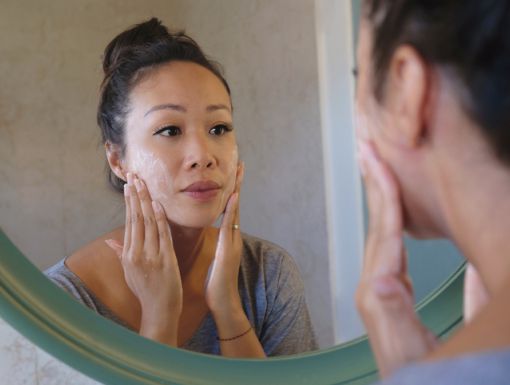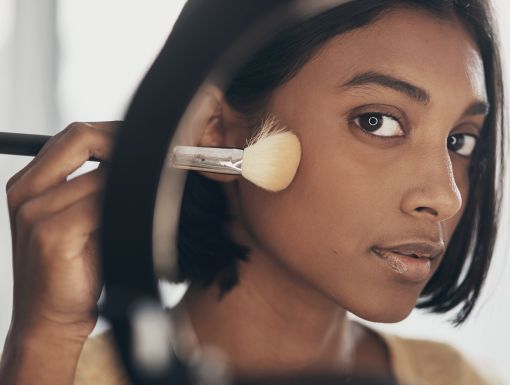
Why This Dermatologist Approves of Slugging Skincare
What is slugging skincare
“Slugging” your face does not sound like the most appealing skin care technique. Perhaps it conjures up thoughts of the slimy mucus that a slug might leave behind if it crawled around on your nose and cheeks.
Relax. It’s not that at all.
Slugging is a skin care trend that involves slathering your face in petrolatum or Vaseline before bedtime to lock in moisture. It’s all over social media and has created somewhat of a frenzy among beauty advocates.
Applying the heavy emollient has the effect of boosting the potency of your nightly skincare products, experts say. And, perhaps, the real beauty of it is that slugging involves the investment of about $5 for a container of petroleum jelly.
Or you might be able to get some from your grandmother’s medicine cabinet.
Who should slug?
You’ve probably seen many TV ads for products that promise to keep your skin hydrated. It’s a good selling point because doing so is one of the most important things you can do for your skin’s health and appearance.
You might remember from biology class that skin is your body’s largest organ. It has three layers: epidermis, the top layer; dermis, the middle layer, and hypodermis, the bottom or fatty layer.
When the outermost layer does not contain sufficient moisture, skin can look and feel rough, itchy, flaky or scaly. Dry skin can also cause skin cells to shrink, which in turn can exaggerate the appearance of fine lines and wrinkles.
If you suffer from constantly dry, itchy skin, slugging could help. Even people with normal skin could benefit, especially during winter months when skin can dry out.
However, experts say it’s not for everyone. Those with acne-prone or oily skin should avoid it, as should people who have problems with clogged pores. Slugging can trap dead skin cells, encourage bacterial growth and worsen breakouts for some people.
How to slug
Generally, the slugging skincare process involves four steps:
- Cleanse your skin. It’s important to wash your face before beginning any skincare routine.
- Follow your skincare routine. Use a moisturizing or hydrating product like a lotion or cream before applying the slugging jelly.
- Apply petroleum jelly. Spread an even layer on your face over your skin care product.
- Wake up and wash it off. Use a gentle cleanser the next morning to remove the greasy residue.
Dermatologists say most people can benefit from incorporating slugging into their skin care regimen once a week. Those with older, dry skin should be able to tolerate the process nightly.
What’s old is new again
While slugging has been making the rounds on social media of late, the use of petroleum jelly and other occlusives (protective coatings) to seal in skin’s moisture is nothing new. It has been used to treat cuts, scratches and skin irritation for years. Studies have shown that it is superior if not equally effective to topical Neosporin, however it does not cause contact dermatitis and equally prevents infection.
How many years? A New York chemist named Robert Augustus Chesebrough discovered petroleum jelly in the 1860s and it’s been a common skin ointment ever since. It was a staple for your grandmother’s generation.
We all know we can’t believe everything we see on social media, especially when it comes to healthcare advice. That may lead some to be suspicious of slugging.
However, dermatologists have generally given the practice positive reviews. The Journal of the American Academy of Dermatology has published research demonstrating that petrolatum-based products block water loss by trapping moisture under the skin's surface.
Despite what some might consider a dubious name, petroleum jelly is considered a safe product when used according to label instructions. It is the original all natural skin product!
Learn more about Aimee Coscarart, MD.



